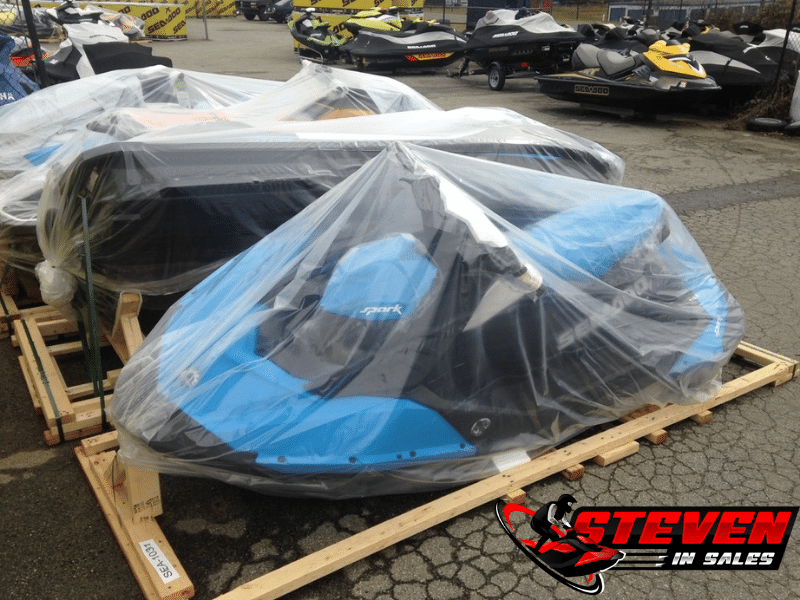A cover for your jet ski is always a good idea, but you may notice that water still finds a way into your footwells and other areas. This brings up a question that many new jet ski owners have, “do jet ski covers keep the rainwater out”?
I know you use your cover to keep the elements off your jet ski, but your cover is not perfect. I’ve used many jet ski covers, and I’ve yet to find one that keeps all the water out, but one does come close.
In this post, I’ll cover why jet skis covers are not fully waterproof and what you can do if you want to get close. Let’s dive in!
Do PWC Covers Keep Water Out?
I find jet ski covers are made of waterproof materials, but that doesn’t mean they’re a perfect seal to keep water out.
Covers often have vents to let out vapors and allow airflow.
These vents also create a vacuum when towing, preventing the cover from flying off.
That’s why the cover clings to the jet ski when on the road.
The problem is that these vents allow water through, and thus the problem we have.
So while you may have the cover on, it doesn’t mean water isn’t getting in and sitting in your footwells. And if water is in your footwells, I have some solutions you can try to remove the water here.
How To Make A Cover More Water Tight:
A little bit of water will find its way under your jet ski cover, especially if you live where it gets humid.
- To prevent water in the footwells, tilt the jet ski back on the trailer when storing it.
- Another option is to use a second cover for your jet ski.
- Use a low-legged canopy tent with your cover to protect your jet ski from sun, rain, and debris. Secure it with stakes.
- The last, and probably the most effective option, is to get your jet ski shrink-wrapped when you’re done for the riding season.
Shrink Wrapping A Jet Ski
Shrink-wrapping is super common with larger boats, as it’s the most effective way to keep your boat clean and dry during the off season.
While you can shrink wrap your own jet ski, I suggest letting the professionals do it. Many dealerships will do it, and many will even come to your home to do it.
The video below shows you what’s involved in getting a jet ski shrink-wrapped.
If you get your jet ski shrink-wrapped, make sure they put something soft and protective over the hood and any shiny plastic.
Shrink-wrapping isn’t permanent. Uncover your jet ski when the riding season begins. Don’t shrink-wrap a wet PWC; let it dry first.
If you’re thinking about shrink-wrapping your watercraft, then give one of these Jet Ski Cover a try first (Amazon Link Ad). You might like this better and can use it for multiple years if you take care of it and don’t heat shrink it. This style of cover is how many boat manufacturers ship them to the dealership, it works quite well.
The Cost to Shrink-wrap
It costs anywhere from $12 to $25 a foot to shrink-wrap a boat.
Jet skis are 10 to 12 feet long, so it would cost between $120 to $300 to shrink wrap. I know that can sound like a lot, but OEM covers are getting more expensive.
The best deal you’re going to find is a dealership that will also winterize your jet ski at the same time, as they will often do a package deal.


Your opinion on driving with a cover on your ski?
I am referring to a manufacturer cover, not an aftermarket one.
I take the cover off when towing the jet ski on a trailer. The cover scratches the shiny plastics of your PWC, but the real issue is that it damages the cover, and these covers are not cheap. I’ve also had a few covers fly off going down the interstate, OEM ones, and they always land in the mud or hit the car behind me, so it’s not worth it.